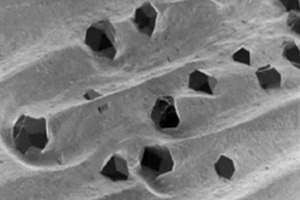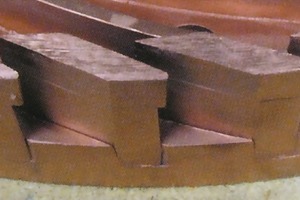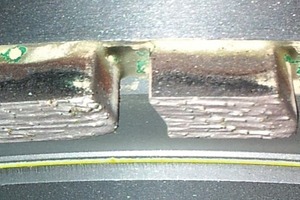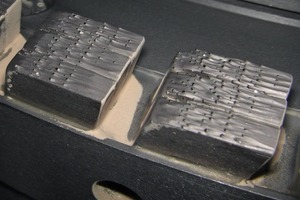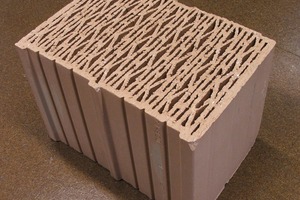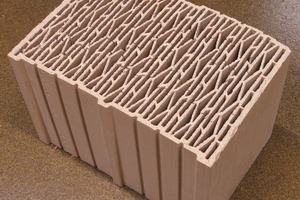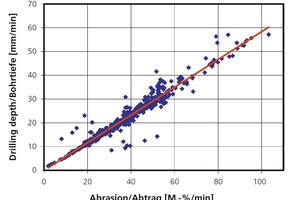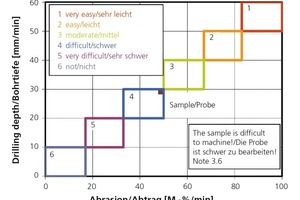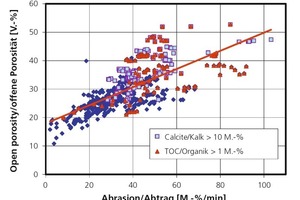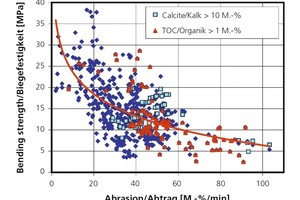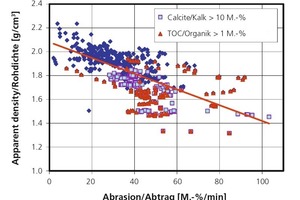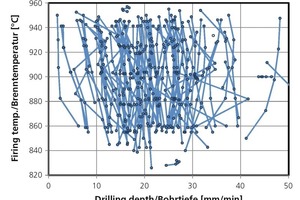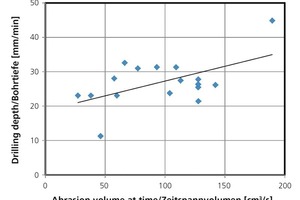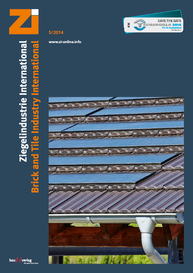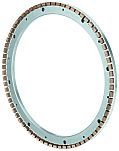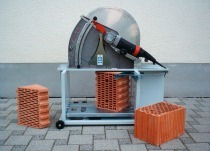Grinding behaviour of bricks –
results from laboratory and practice (Part 1)
This article provides an overview of the grinding of bricks and the influencing factors. The appropriate grinding tool depends on the characteristics of the brick. In practice, it is chosen by experienced testers and the choice is often an emotional one. So the idea was to carry out a preliminary systematic test in the laboratory regarding the machinability of fired raw material and to analyse the influence of the raw material and the firing temperature on the grinding of bricks. For this purpose, a test method was developed at the company Lingl. With the application of this method, the machinability of laboratory samples always produced under the same conditions is quantitatively determined and thus evaluated independently of the tester. First results of this method are listed in Part 2 of this article and compared to results from the field.

![»1 Production costs at different material removal rates according to [2]](https://www.zi-online.info/imgs/tok_16fe5f52152823fc58194951244b9b93/w300_h200_x400_y313_101466312_2bf9b66064.jpg)
![»2 Tool structure with bond, pores and abrasive grain [2]](https://www.zi-online.info/imgs/tok_87ee33766a88fed4c3142964fe6d38e5/w300_h200_x400_y248_101466337_64d8a29de2.jpg)
